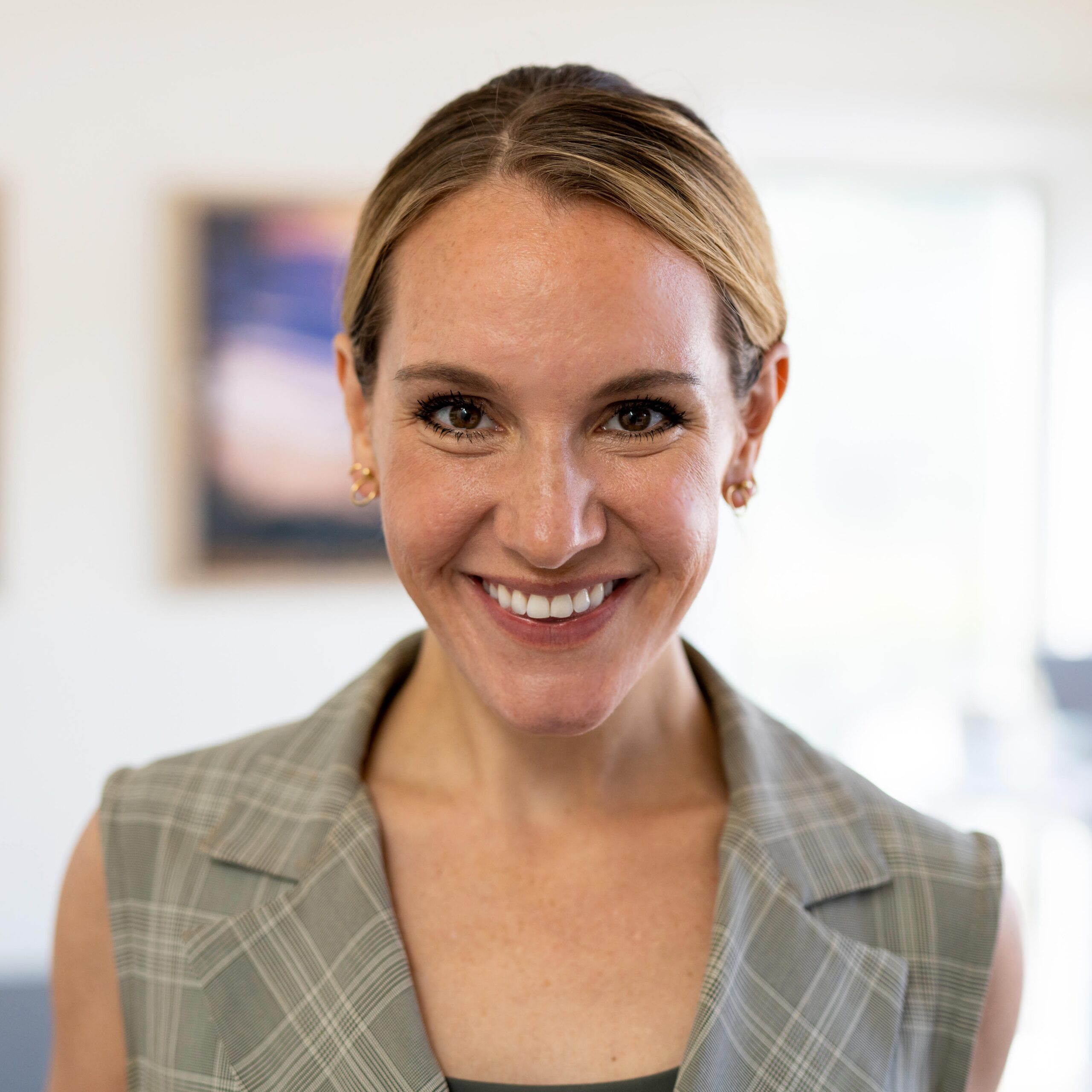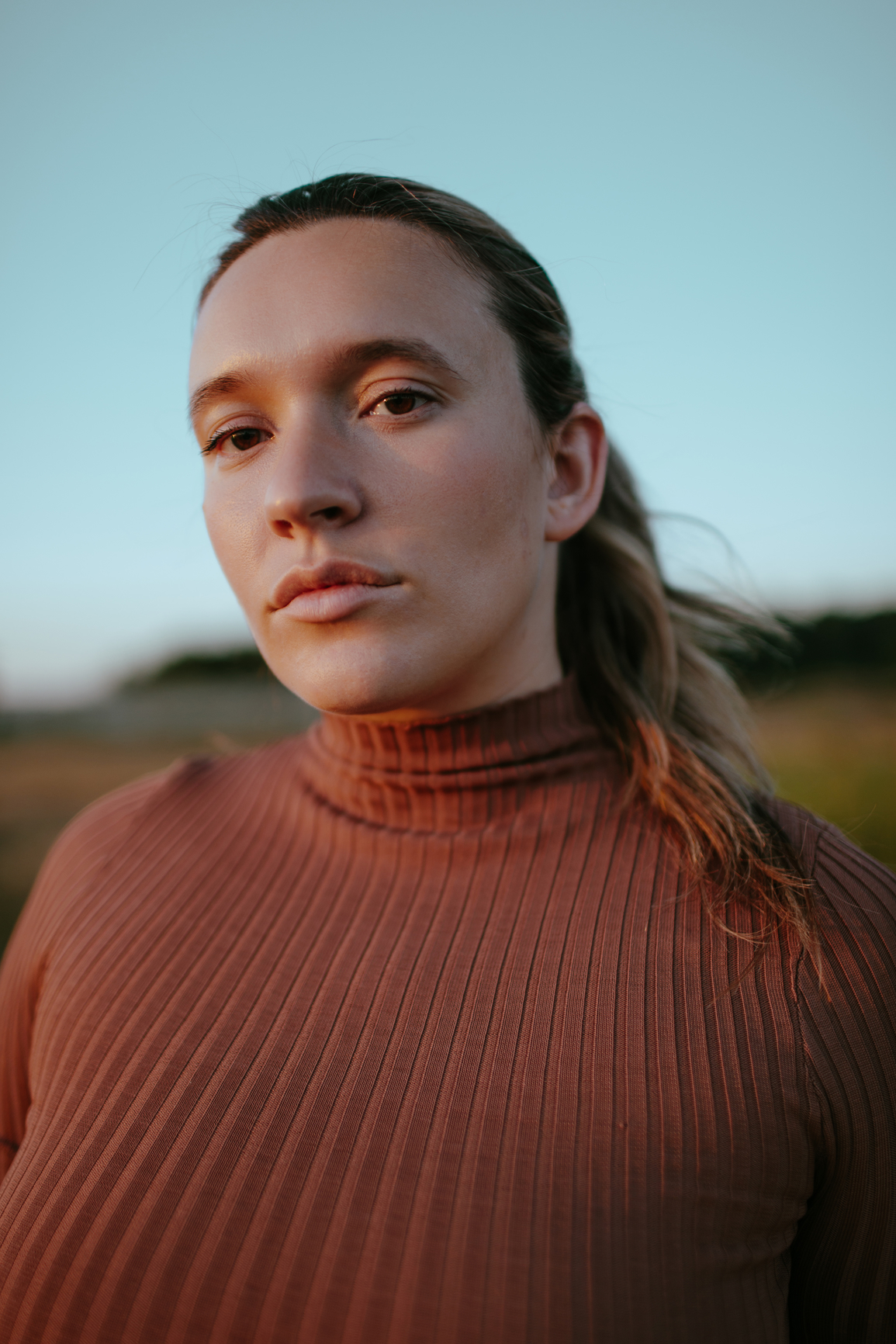
I Grew Up On A Commune, Here’s What’s Wrong With Our Modern Quest For Community
One of my group chats with close friends lit up last month with the fantasy of buying property and starting a commune. We dreamt of chickens, chores blissfully undertaken together, and our kids growing up in a utopia that lonely Western society could only dream of. As usual, the topic of conversation eventually changed and we snapped back into life in our own nuclear family homes. For me, the idea of a commune is more than a fantasy though, it’s my past reality.
“One of my group chats with close friends lit up last month with the fantasy of buying property and starting a commune.”
If you were to follow my siblings and me around for a day in our lives as children in Northern Mexico, you’d see us waking up to the sound of our donkey braying early in the morning. We might have breakfast with our parents at home, or we might stroll down the dirt path to the building – which we called La Cocina – where meals were served for the whole compound.
“You’d see us waking up to the sound of our donkey braying early in the morning.”
We’d sit and talk with other families and the young adults who were currently living there. Those assigned to dish duty would stand side by side as they rinsed, washed, and dried stacks of dishes while chatting. Any leftover scraps of food would be scraped into a big metal bowl which my brother would later pour into a wheelbarrow and haul across the property to Piggy Lou’s trough. Her enthusiastic grunts would be joined by the sound of several horses, chickens, dogs, and cats milling about. Herds of cows would wander past our gate at dawn and dusk, usually guided by one or two young boys from the local village.
Though our names wouldn’t appear on it, we kids might check the schedule hung up in the Cocina hallway to see who was responsible for what task that week. Someone tending to the trees and property repairs, someone responsible for cooking, a name for laundry, a few names for dishes, and the majority of people assigned to care for the twenty children and teens with severe special needs who were the focus of this place. My parents spent fifteen years overseeing that orphanage on the Baja peninsula, so the rhythms there shaped my reality until I was a teenager.
“My parents spent fifteen years overseeing that orphanage on the Baja peninsula, so the rhythms there shaped my reality until I was a teenager.”
I would sometimes hear adults around me chuckle about the discomforts of communal living. But having everyone’s laundry strung up together – our undergarments flapping side-by-side in the wind – didn’t feel like an awkward invasion of privacy to me; it was the only version of life I’d ever known. A weekly family dinner with just five of us around our backyard table was the exception; lining up to fill my plate with forty to a hundred other people in a room buzzing with conversation was the norm.
Flash forward to today and I understand why my childhood version of normal was so intriguing to those who visited or volunteered. Nearly every element of my daily life as a mom in the U.S. stands in contrast to the communal life I once took for granted. Tasks that were shared among many now fall quietly to my daily to-do list. Sure, there’s a luxury to privacy. Getting to select the podcast that I want to listen to while I fold laundry, plan the meals that sound tastiest to my family, and shape our week the way we want has undeniable appeal, but the cost is a consistent connection to others. I miss that uncoordinated connection deeply and daily.
“Tasks that were shared among many now fall quietly to my daily to-do list.”
It’s more than nostalgia, and I know I’m not unique in this craving. Regardless of our cultural backgrounds, we are all biologically wired for community and our society has been diagnosed with an epidemic of loneliness. I see myself and those around me doing our best to creatively gather friends or even strangers around common interests to architect a sense of community in the context of modern society. I hear the chatter, both online and in real life, about ways to combat loneliness and create deeper connections. While I’ve witnessed a few extraordinary examples of friend groups creating various versions of actual communal living, it’s not realistic for the vast majority.
“Regardless of our cultural backgrounds, we are all biologically wired for community and our society has been diagnosed with an epidemic of loneliness.”
People seem understandably discouraged by the daunting logistics of trying to funnel their existing familiar relationships into one physical space, but perhaps a more attainable endeavor is to flip that effort into cultivating familiarity with the individuals that we already rub shoulders with regularly.
It’s ironic that we often bury our faces in our phones – perhaps even texting our friends about the desire for community – while our groceries are scanned by someone we might see multiple times each week without realizing it. We keep our neighbors at a cordial arms-length while we load up our car to drive our kids across town for a playdate with friends.
It seems to me that in the U.S., even in our quest for community, we’re often inhibited by our sense of individualism. We want to control and select exactly who makes up the community we inhabit. We’re more comfortable with the idea of architecting one from scratch or spending lots of time driving each week to maintain our connections with friends than we are engaging with the literal physical community that we already occupy.
“It seems to me that in the U.S., even in our quest for community, we’re often inhibited by our sense of individualism.”
Although I warmly described the socially saturated nature of my childhood, there was simultaneously an acute loneliness that I often carried due to the lack of long-term peer relationships with other kids my age. Moving to the U.S. as a teenager, I was elated at the opportunity to form friendships that had the potential to last, and I spent much of the next decade investing in those friendships. This use of my energy has resulted in webs of deep relationships with a multitude of individuals that I feel truly lucky to have in my life.
“I was perplexed to notice a twinge of loneliness in adulthood despite an abundance of friends.”
I know that little-kid me would be in utter awe at the wealth of friendships I now enjoy, so I was perplexed to notice a twinge of loneliness in adulthood despite an abundance of friends. Curiosity around this feeling caused me to distinguish the significance of physical proximity for a true sense of community. Moving all of my friends into houses next door to me is currently unfeasible, so I started making a point to strengthen my connections with those already embedded in the most mundane routines of my life.
As with most worthwhile pursuits, the first step was simply awareness and presence:
Putting my phone down. Giving thoughtful responses in small talk interactions to leave the door open for deeper dialogue. Reserving a few extra minutes in my schedule when running errands so that I can linger and visit if the opportunity arises.
Not everyone in my vicinity is going to become a close friend, and that’s just fine. But, I gradually started to form bonds with specific people at the places I frequent the most.
“I gradually started to form bonds with specific people at the places I frequent the most.”
Now, a trip to the grocery store almost always includes a hug and chat with a cashier who has become a dear friend. The FedEx delivery man got to know our dog before she passed and wrote us a goodbye note when we moved. The owner of the coffee shop down the street doesn’t only know our order, he also knows about our new home and passed along a favorite chair that his own daughter had outgrown. Shopping for clothes at our local consignment store means the chance to swap life updates with the women who have seen my daughters grow from swaddles to big-kid sneakers.
Going one step further, moving from chats amidst transactions to planning intentional times together can transform social acquaintances into genuine friendships. This step requires some courage. For instance, we invited our favorite cashier over for dinner and got to know her life story, watched her play with our kids, and swapped jokes without the rush of her being on the clock. To be honest, taking that step was initially uncomfortable. She and I come from different cultures and exist in different socioeconomic realities, but pushing past the subtle discomfort of differences has been beyond rewarding for all of us.
“Pushing past the subtle discomfort of differences has been beyond rewarding for all of us.”
It’s made me reflect on the ever-evolving community that I grew up in. The people who walked through the dusty gate of that orphanage were not lifelong friends that we invited to live next door; they were people from all around the world with their own idiosyncrasies and distinct personalities. Some connected to one another with ease, sometimes there were conflicts. The gift of communal living was not necessarily getting to live with our friends, but rather becoming friends with those we lived with.
While I may not be strolling down a familiar dirt path to share dinner with my local grocers, postal workers, or neighbors tonight, I feel a genuine sense of community knowing that our impromptu interactions will be flavored by our humanity rather than our functions alone. These relationships are not a replacement for my other friendships scattered across the city. I remain committed to cultivating those soul-level connections with friends near and far who require logistics to spend time with – the little girl who craved them knows how invaluable they are. However, the individuals who make up my neighborhood uniquely fill the unavoidable need for daily, unplanned, amiable interactions right where my feet are planted.
“The individuals who make up my neighborhood uniquely fill the unavoidable need for daily, unplanned, amiable interactions right where my feet are planted.”
There is a richness to the tapestry of community when it’s woven solely by shared physical spaces instead of being heavily filtered through personal preferences or shared opinions. When we’re brave enough to sacrifice the comfortable efficiency of moving through our day with anonymity, we can tap into the wealth of knowing and being known by those we never chose.
I’ll probably continue fantasizing about the chickens and fruit trees and dancing daily with my closest friends on some far-off piece of shared land, but for now, it’s nice to realize that I am indeed in a community here and now, and it has its own beauty. Making our modern physical communities come alive in the way we crave is often just on the other side of our comfort zones.
Ellie Hughes is a Contributing Editor at The Good Trade. She spent several years as a sustainable fashion blogger and leading the marketing for brands aiming to operate with ethics and the environment as their priority. She is now a freelance writer and marketing consultant living in Portland with her husband, two young daughters, and corgi.




